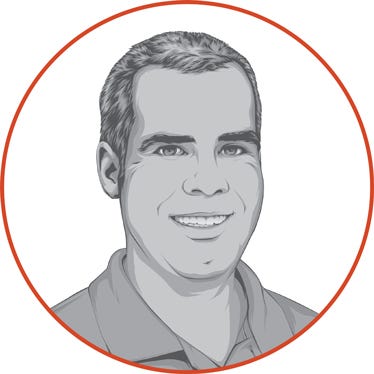June 27, 2016

Time is flying by just about as fast as the corn is growing here in Indiana. We will blink and summer will be over. Many schools in the area are going to a ‘balanced’ schedule where class will resume in early August. This has pushed forward many activities and filled the month of June to the rim. Four kids playing tee-ball or softball has us at the diamond every night. Throw in kid’s day camps and Rachael and I attending our summer basketball referee trainings, we are certainly busy!
Much of the corn is approaching waist high. Even later plantings will have no problems making it to ‘knee high by the 4th of July’ adage. Corn has been stressed on the hot days, but we have been just getting by on rainfall. This week, the tide turned and in two weather events, we received between .6” and 2.8” according to local weather stations. Most areas where we operate received about 1.5”. It appears we missed most of the severe winds that damaged parts of the area.
The first round of side dress applications have been completed. On 1/3 of our corn acres we have planned a second in-crop nitrogen application. We are waiting to see what potential is there before we make the application. With a Rogator and dry box, we can apply to chest tall corn. Other options are to fertigate (apply with irrigation), use drops on the Nitro sprayer (up to head high corn), or have an aerial application made. In the next week or so we will feel out the nitrogen market and find the least cost combination. From an application standpoint, fertigation is the least expensive.
I am also using one of the nitrogen management products this year. The computer model uses soil maps, weather conditions, and user inputs (like planting date, maturity, yield goals, fertilizer applications, and irrigation) to predict the nitrogen available to and needed for the crop. There is also a ‘ground truthing’ component which reconciles PSNT soil tests (measures N in soil) to the model. My hope was I would use less nitrogen, however so far usage hasn’t really changed. I do think the model’s VRT maps are helping me do a better job in putting the fertilizer where it is better used, thus increasing yield potential.
The opinions of the author are not necessarily those of Farm Futures or Penton Agriculture.
About the Author(s)
You May Also Like






